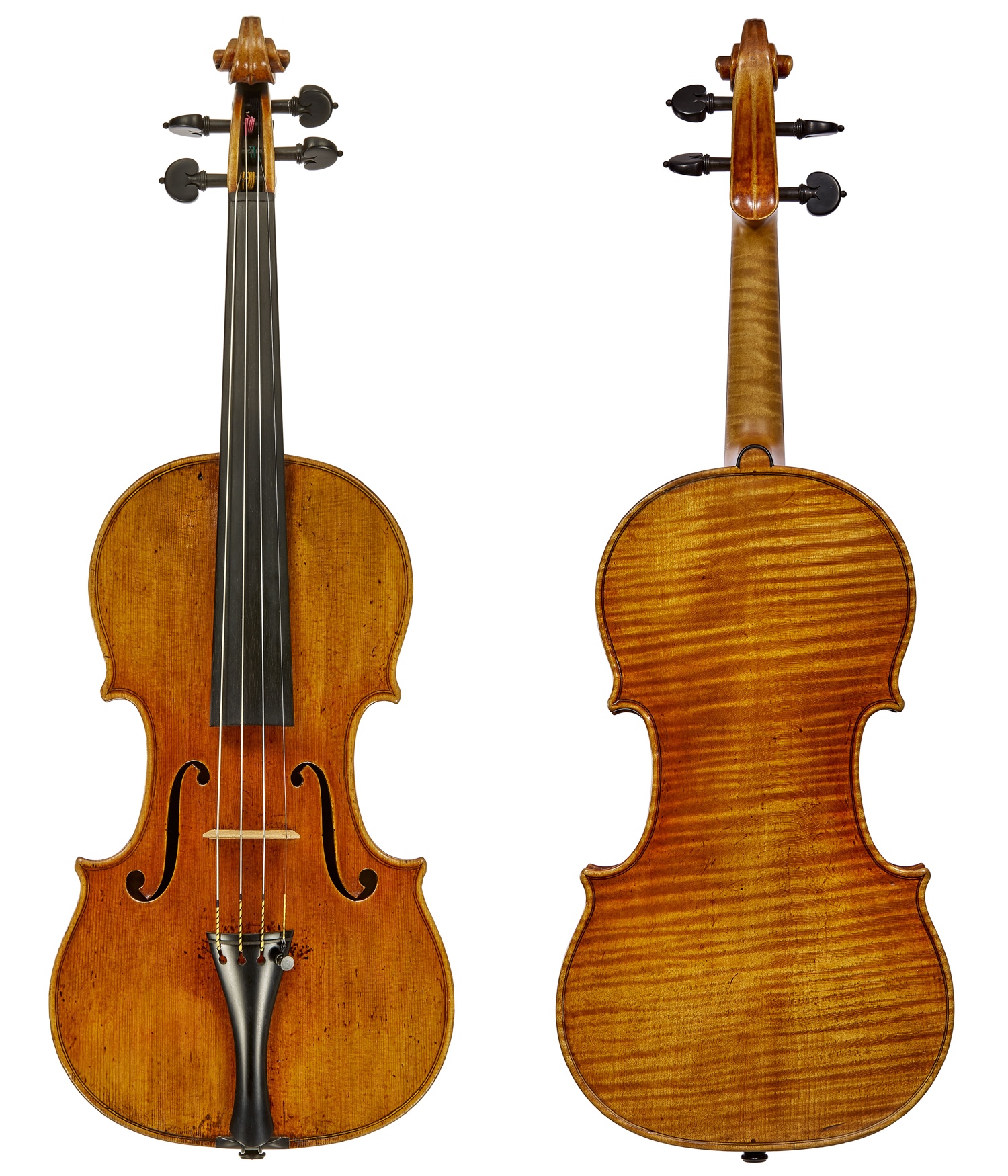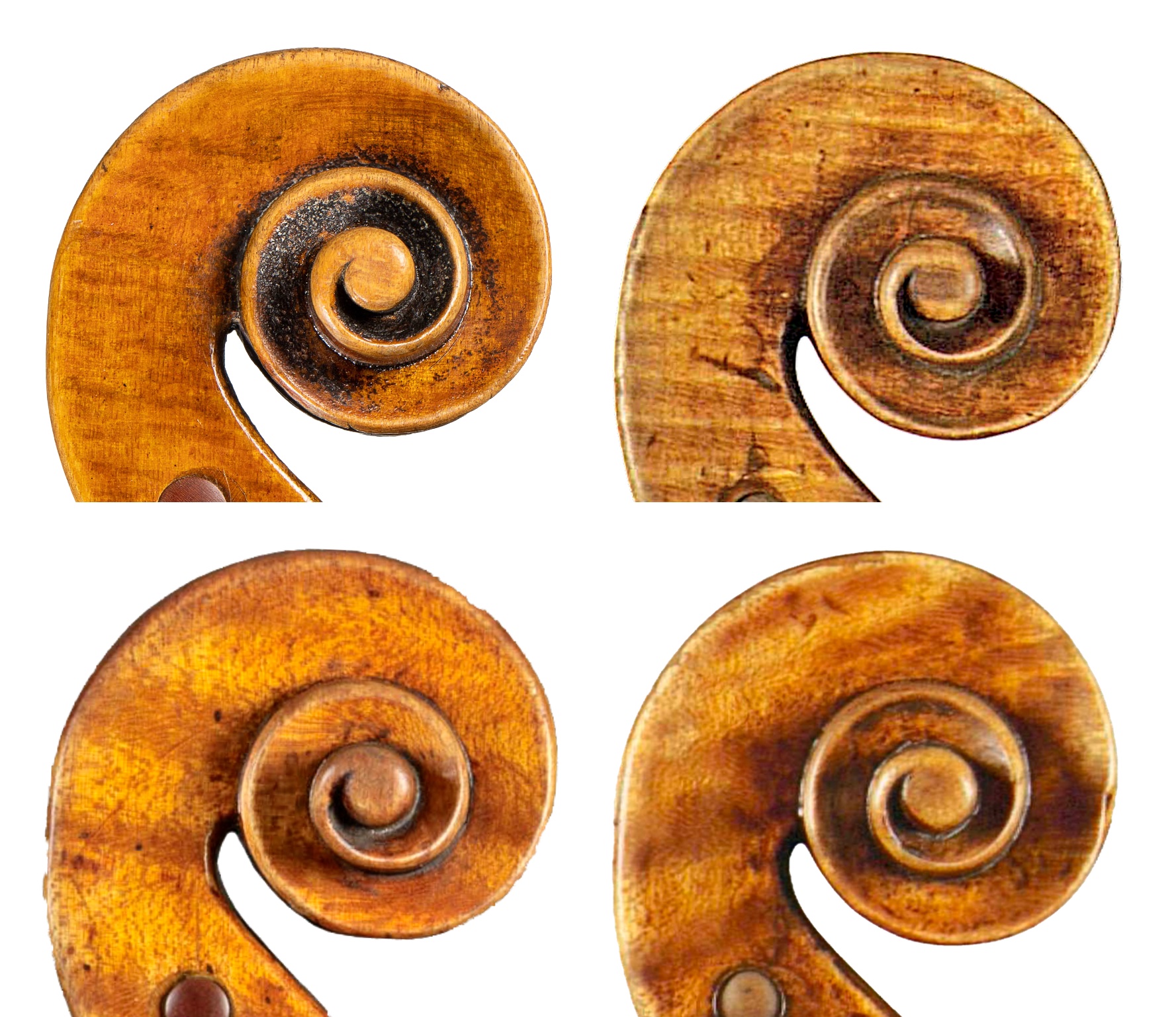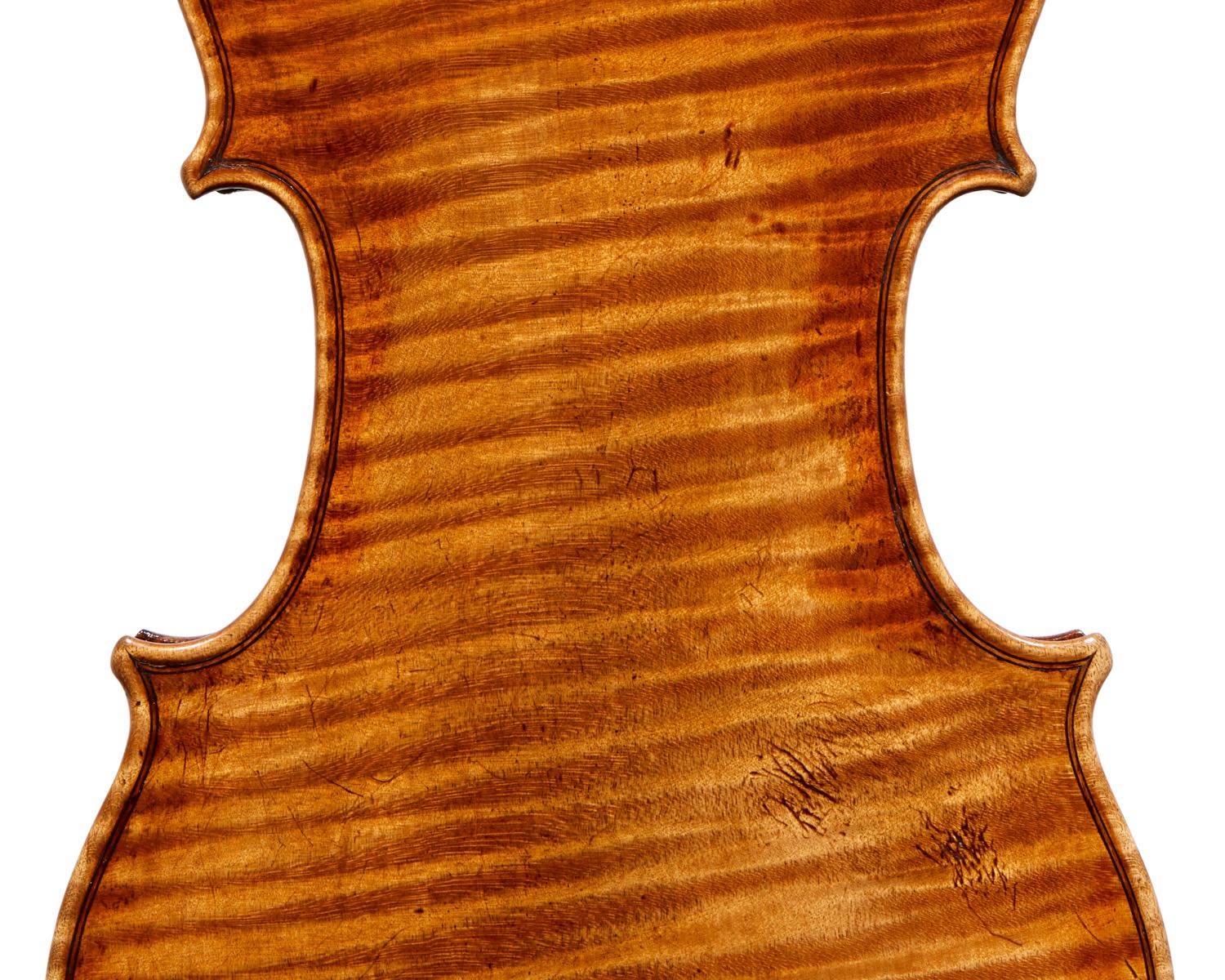Antonio Stradivari
Violin maker
(c. 1644 – 1737)
Antonio Stradivari is almost universally regarded as the greatest violin maker in history, and the value of his instruments reflects that exalted status. He was born in circa 1644, and his 71 year career is a vivid account of early mastery, fluid and ingenious innovation, and indelible craftsmanship and artistry. With the help of his sons Francesco and Omobono, Stradivari made nearly a thousand instruments, of which about 650 survive. They are distinguished equally for their exquisite craftsmanship, materials and unsurpassed tone quality.
Stradivari may initially have worked as a woodcarver, but his earliest known label is dated 1666. There is no evidence of a direct connection between Stradivari and Nicolò Amati, but Amati's dominant role in the Cremonese tradition is evident in the work of numerous makers of the period, and the early works of Stradivari show the marked influence of Amati's models and methods. In 1680 he moved to the Piazza San Domenico in Cremona, and began to work more consistently building instruments, which over the next 20 years began to depart from the Amati school in conception. In the 1690s Stradivari introduced a new form known as the "Long Pattern" in an effort to equal the sound quality of earlier Brescian instruments.
The pinnacle of Stradivari's career is known as the Golden Period and lasted roughly from 1700 to 1720. Numerous superlative instruments that stand as emblems of the Stradivari legacy were constructed during this period, including the
The late period is marked by further design modification, evident especially in fuller arches and less spectacular materials. The violins of this period are lauded less highly than those of the Golden Period but remain equally popular with players and command high prices.
While most of the remaining Stradivari instruments are violins, he also built violas and cellos. The violas, of which only about 11 remain, are almost all built on a contralto model of about 40cm in length. Early cellos are built on the larger dimensions of the 17th century, and most have been cut down, but starting around 1707 Stradivari adopted a new model known as 'forma B', which he used for the prized
Price History
- The auction record for this maker is $15,821,285 in Jun 2011, for a violin.
- 254 auction price results.
View all auction prices for Antonio Stradivari
Stradivari family tree
Instruments
Violin -
1683
Cremona
the 'Irish Academy'
Violin -
1683
Cremona
the 'Suk'
Violin -
1683
Cremona
the 'Popoff'
Violin -
1683
Cremona
the 'Madame Bâtard'
Violin -
1683
Cremona
the 'Petherick, Hart'
Violin -
1683
Cremona
the 'O'Neill'
Violin -
1683
Cremona
the 'Bucher'
Violin -
1684
Cremona
the 'Croall, McEwen'
Violin -
1684
Cremona
the 'Soames'
Violin -
1684
Cremona
the 'Webbs'


